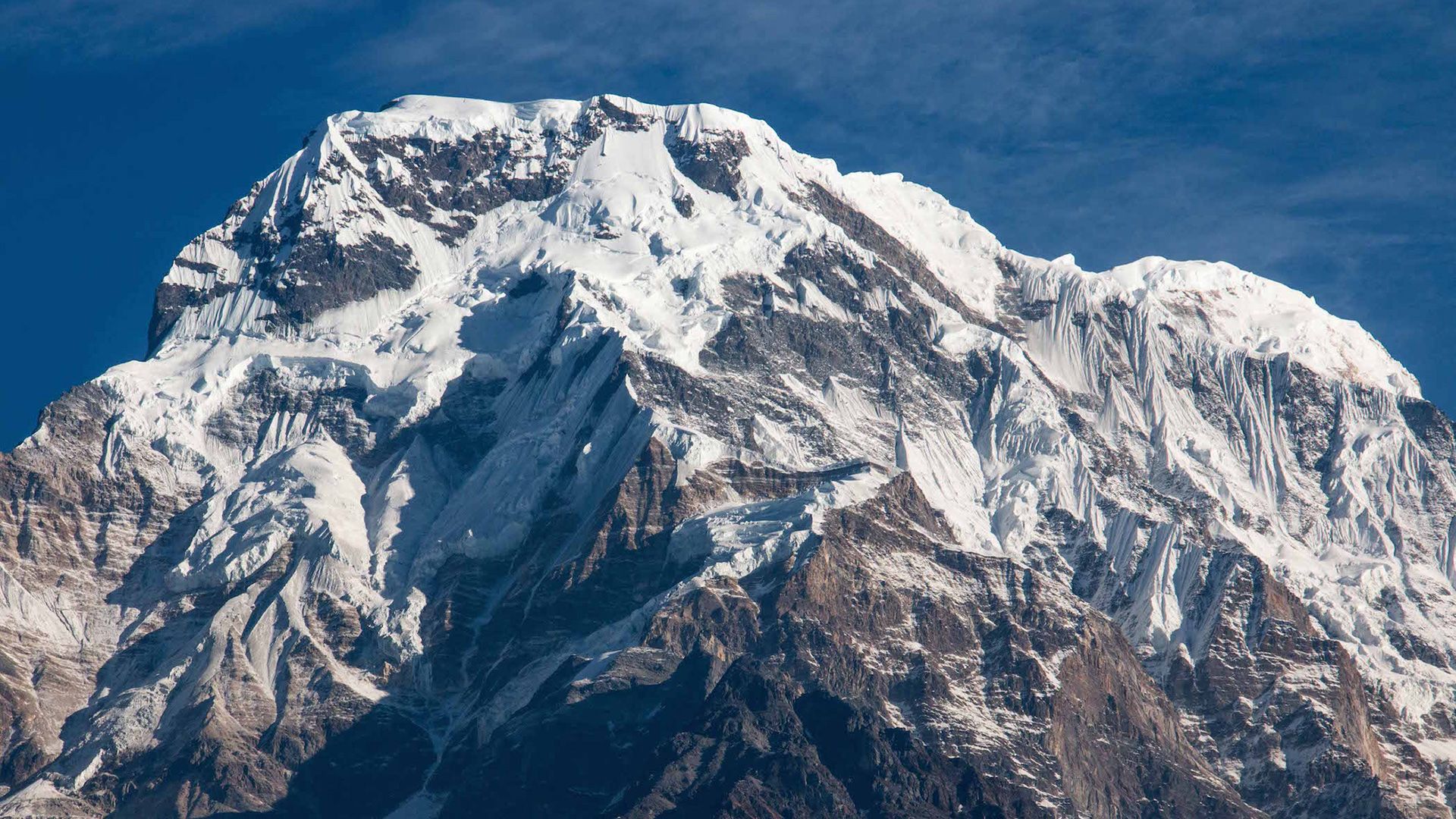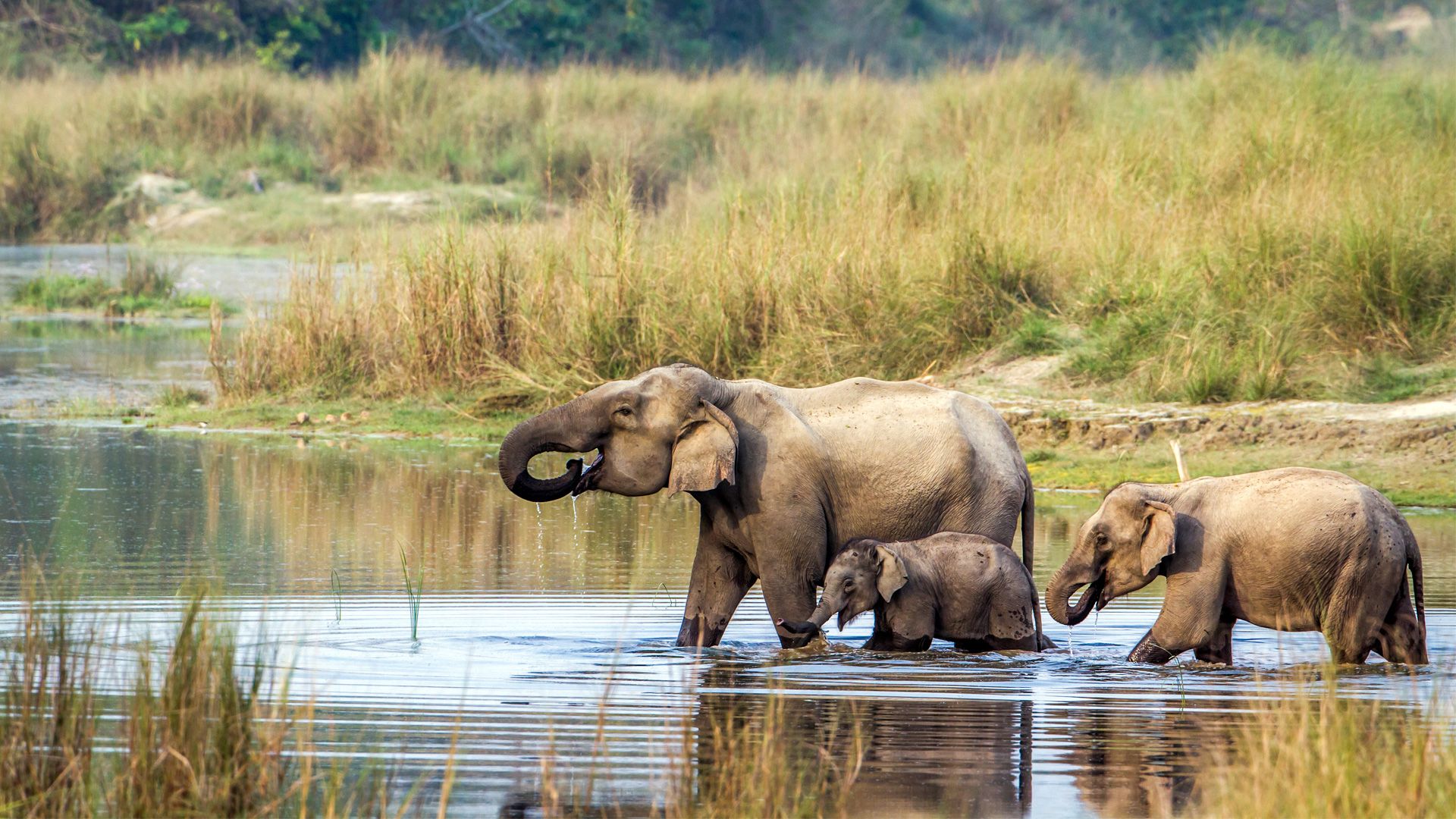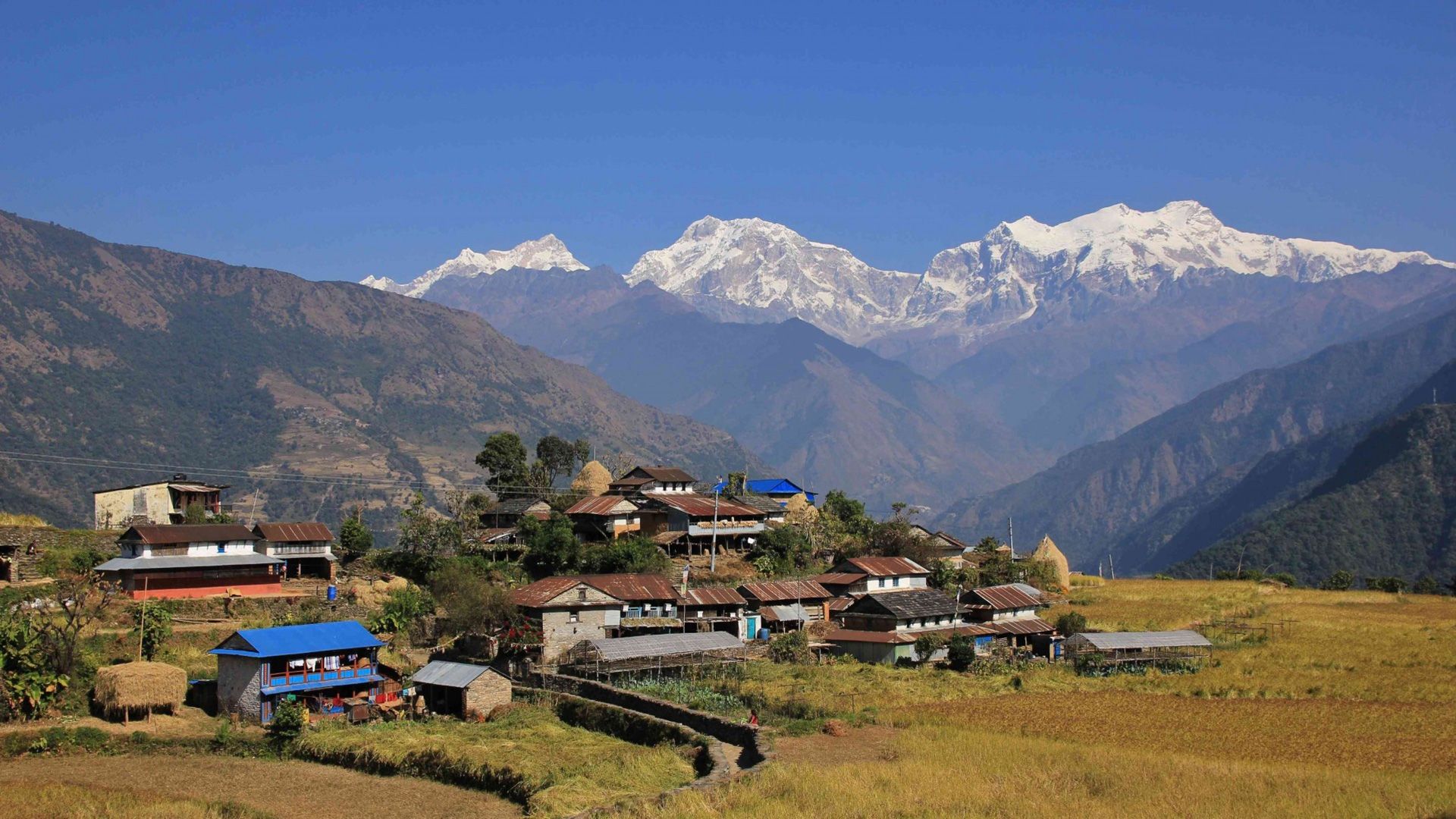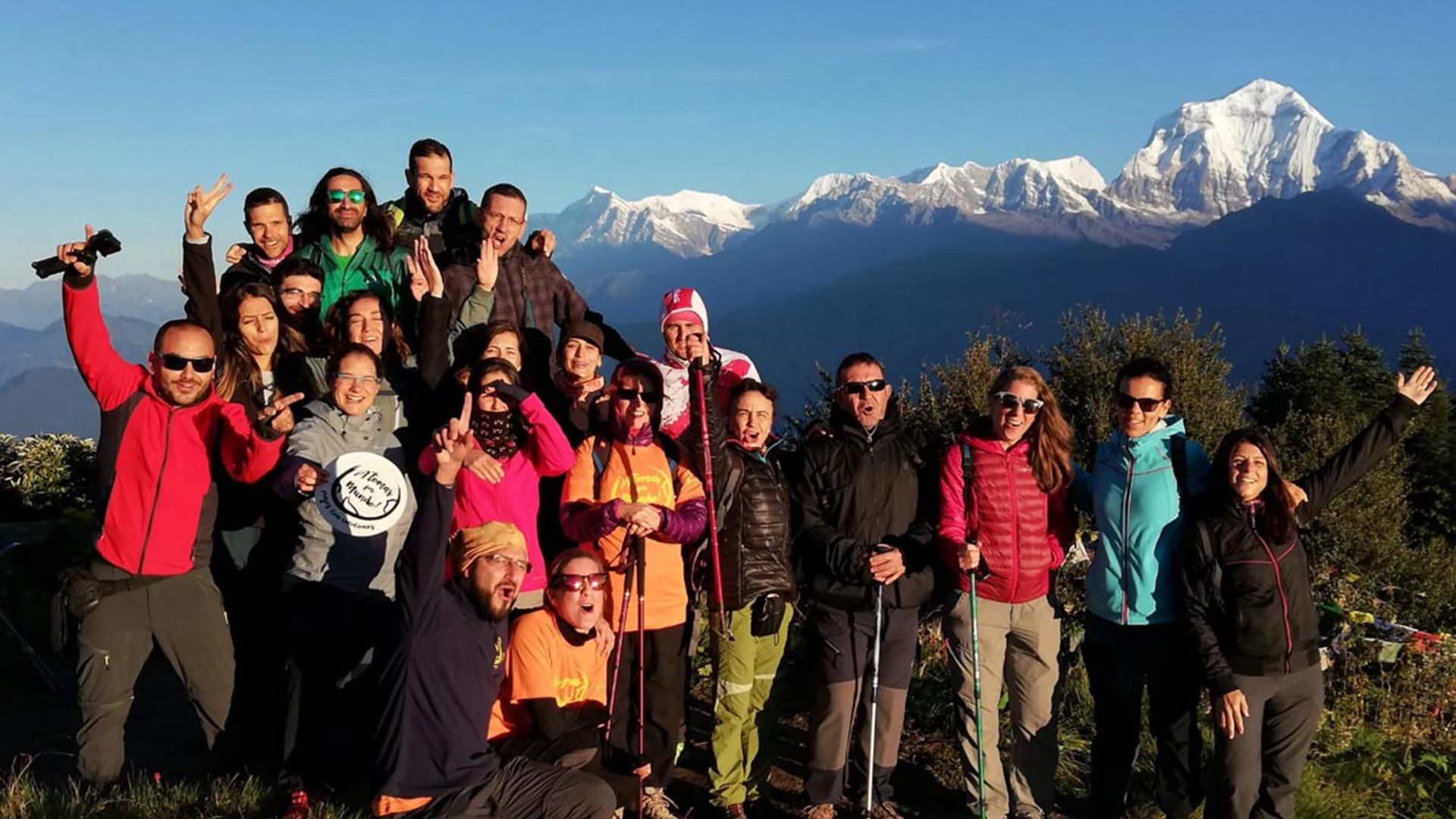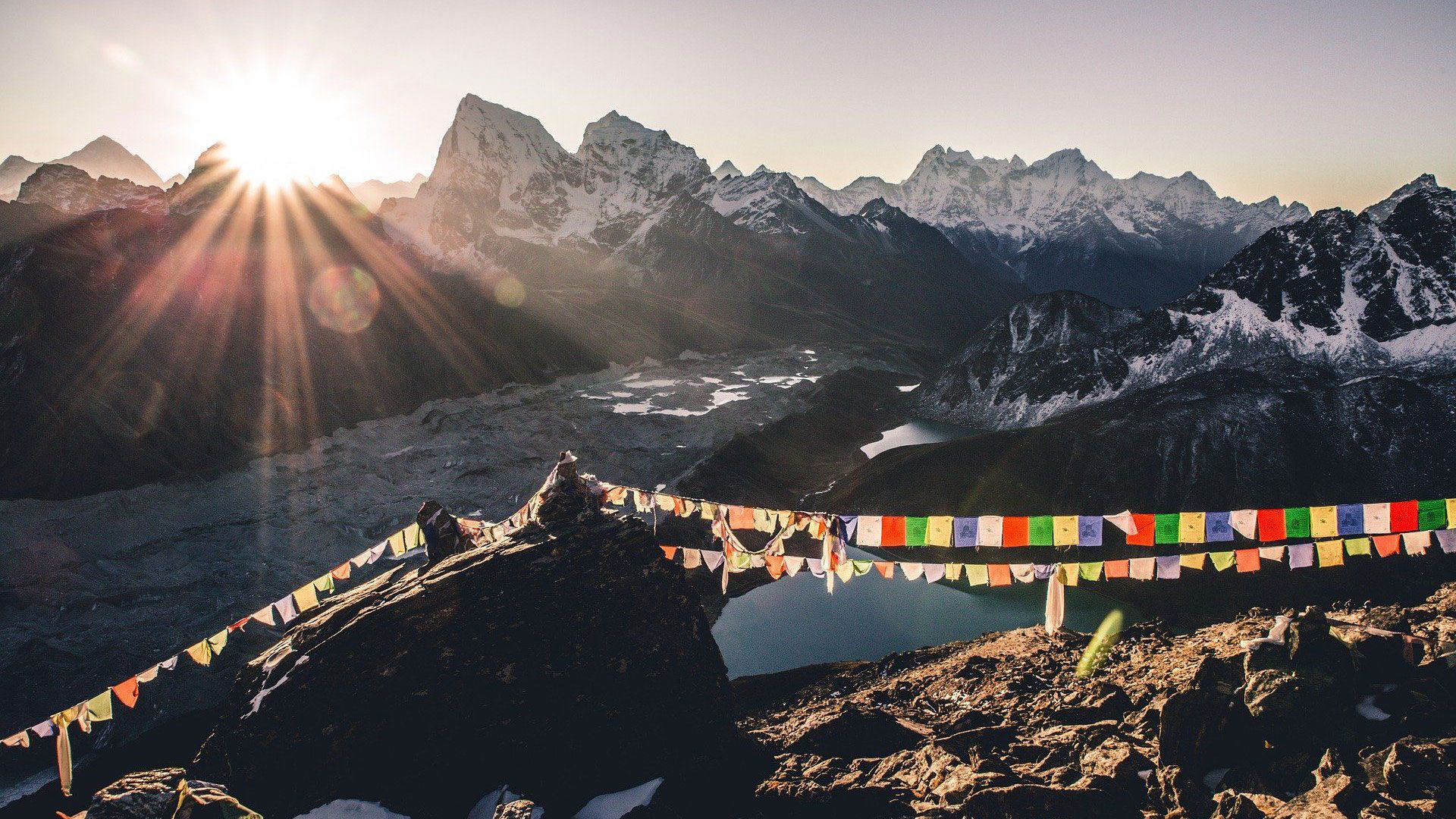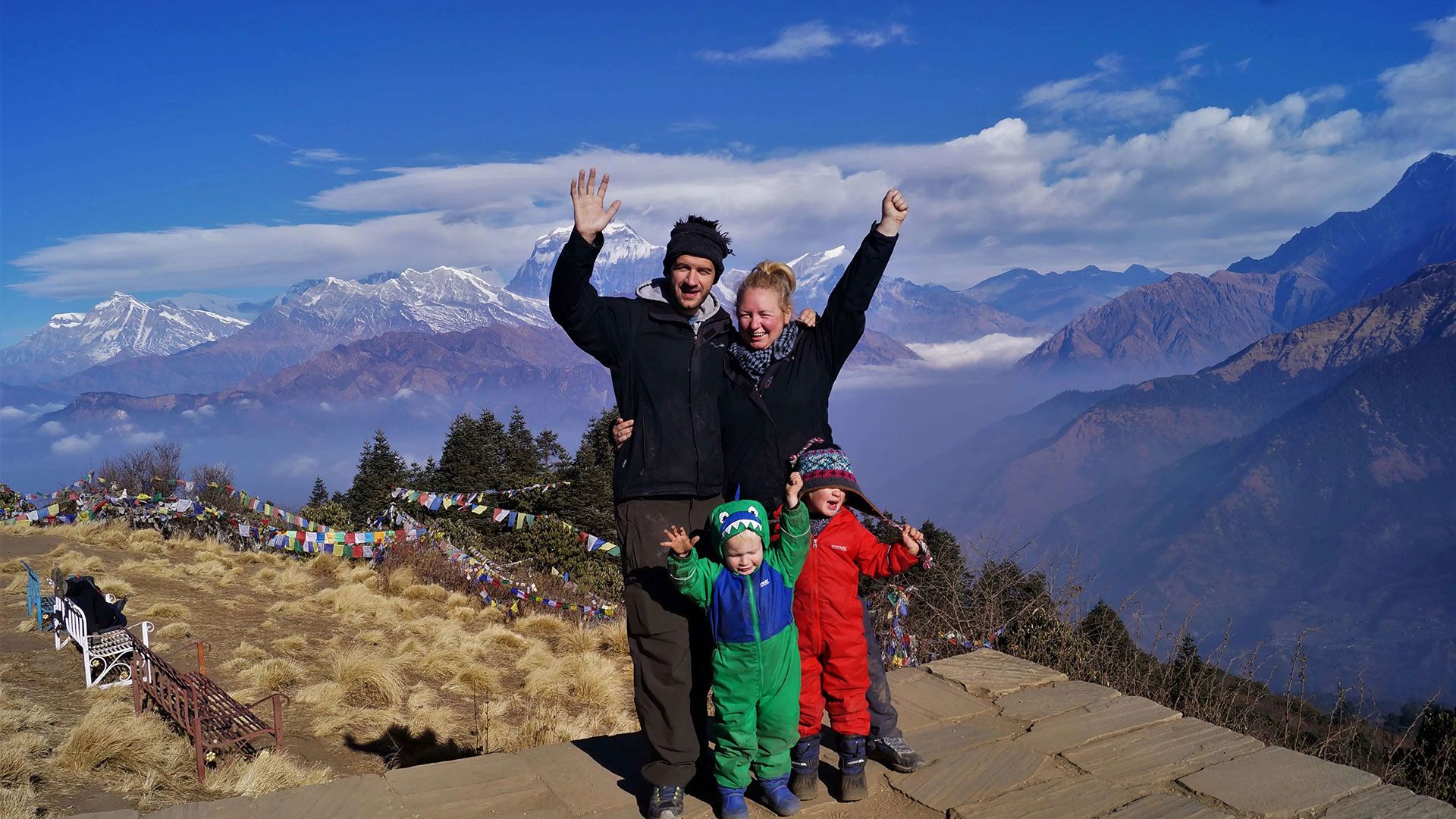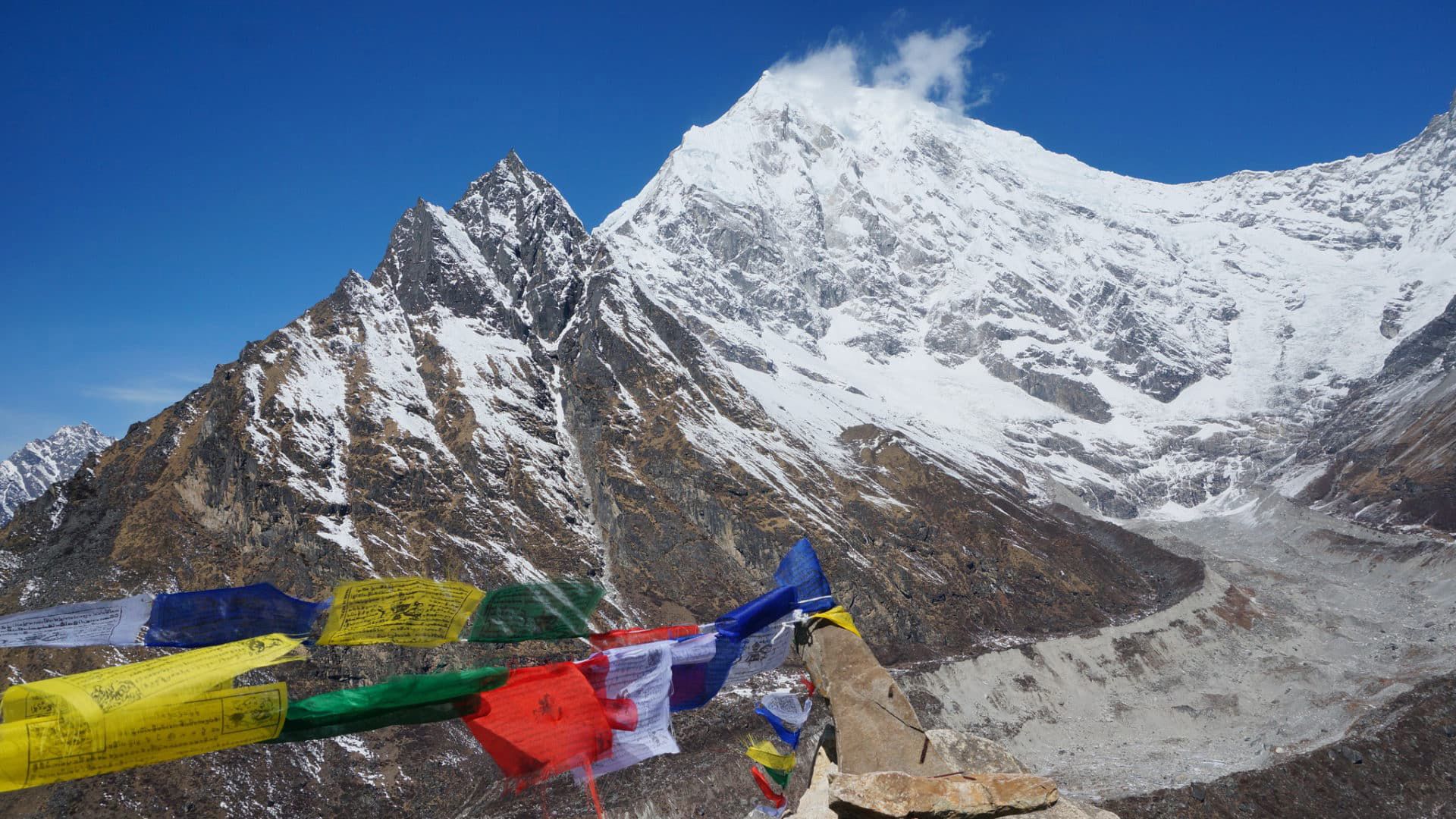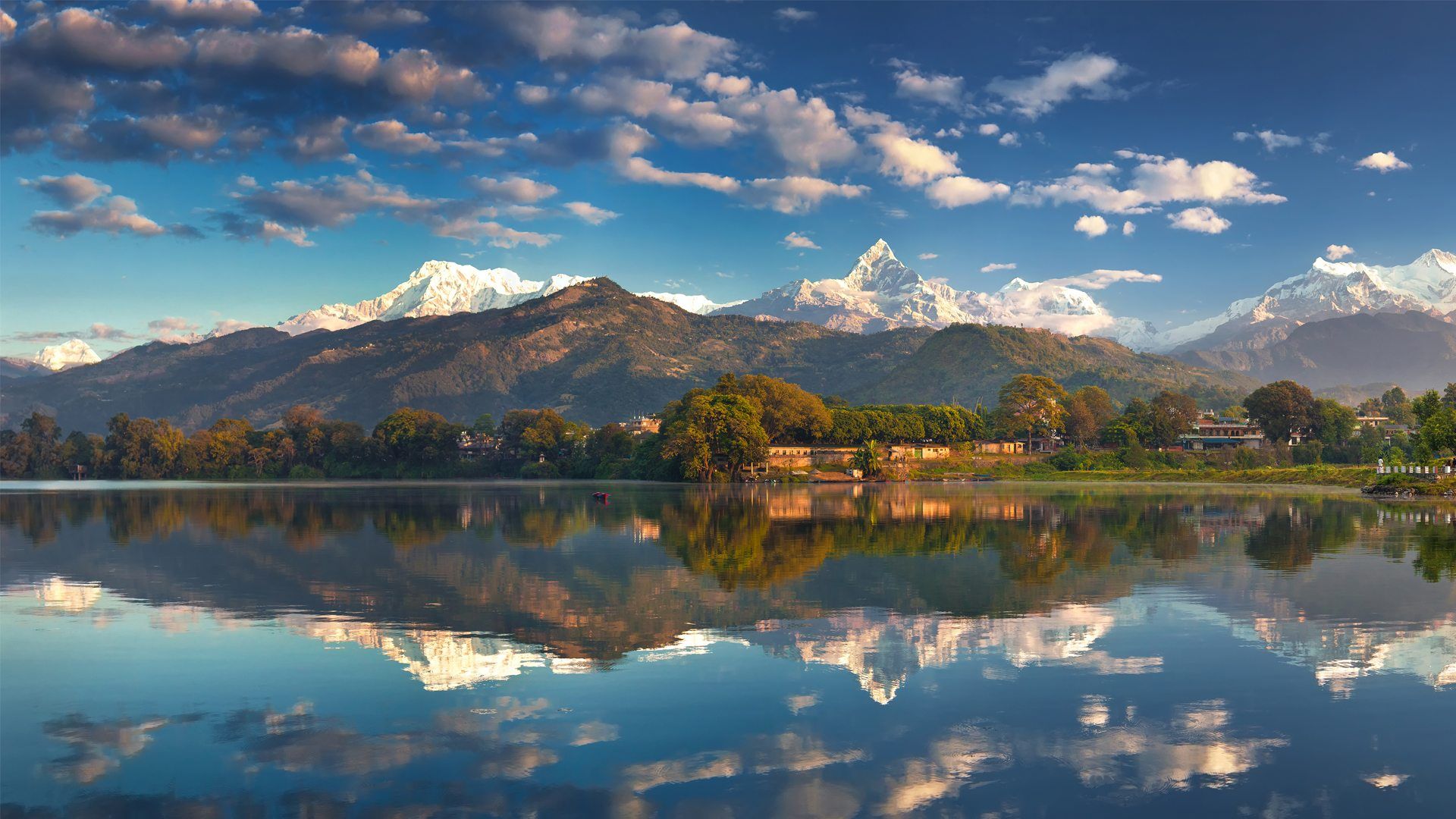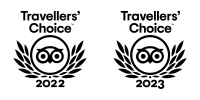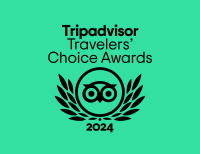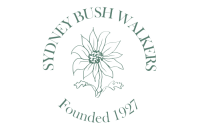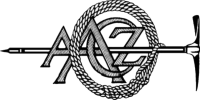- Home
- Nepal
- Adventure Activities
- Peak Climbing
- Mountain Expedition
- Local Tours
- Sirubari Village Homestay
- Ghale Gaun
- Kalinchowk Tour
- Halesi Mahadev - Maratika Cave package
- Chitwan Jungle Safari
- Day tour in Kirtipur
- Day tour in Kathmandu City
- Spiritual Tour to Muktinath
- Chitlang and Kulekhani
- Bardiya National Park
- Jeep Tour to Rara Lake
- Gosaikunda Lake
- Manakamana day Tour with cable-car ride
- 4WD Jeep Tour to Upper Mustang
- Family Holidays
- Heli & Mountain Flights
- Trekking Routes
- Kailash Mansarovar
- Bhutan
- Tibet
- Multi Country
- Domestic Flights
- Contact
- Home
- Nepal
- Adventure Activities
- Peak Climbing
- Mountain Expedition
- Local Tours
- Sirubari Village Homestay
- Ghale Gaun
- Kalinchowk Tour
- Halesi Mahadev - Maratika Cave package
- Chitwan Jungle Safari
- Day tour in Kirtipur
- Day tour in Kathmandu City
- Spiritual Tour to Muktinath
- Chitlang and Kulekhani
- Bardiya National Park
- Jeep Tour to Rara Lake
- Gosaikunda Lake
- Manakamana day Tour with cable-car ride
- 4WD Jeep Tour to Upper Mustang
- Family Holidays
- Heli & Mountain Flights
- Trekking Routes
- Kailash Mansarovar
- Bhutan
- Tibet
- Multi Country
- Domestic Flights
- Contact
- Home
- Nepal Travel guide
Nepal Travel Guide
Nepal is one of the most beautiful countries on earth. The Himalayas are a companion to nearly every moment in the country. And the Nepali people are warm and welcoming. The mingling of a beautiful landscape, a willing culture, and a high demand for tourism has created some very serious issues. But there are benefits too; even tourism done poorly has brought needed money into impoverished rural communities. Responsible travel is not about abandoning Nepal because it has some issues, but rather identifying areas where tourism can be shifted into a more positive force for good in the country.
Visa
You need a visa to enter Nepal. Visas-on-arrival are available at Kathmandu Airport.
Visa Fees are as follows:
Multiple entry - 15 Days - US $ 25 or equivalent
Multiple entry - 30 Days - US $ 40 or equivalent
Multiple entry - 100 Days - US $ 100 or equivalent
Currency
Nepalese Rupee (NPR). The local currency is the Nepalese Rupee (NPR). Exchange foreign currency for NPR at banks and exchange bureaus in major centers. Major hotels and commercial centers accept credit cards. ATMs are uncommon in remote areas. Carry enough cash to cover your needs.
Electricity
220V/60Hz (multiple plugs as they have retrofitted many to fit American and European plugs. Be careful of plugging in some electrical devices as the U.S. runs at 120V).
Nepal’s Primary Airports
Kathmandu’s Tribhuvan International Airport (KTM)
Food
Vegetarians will love traveling through Nepal because the national dish, dal bhat, is lentil soup and traditionally served with rice and veggies. Warning though, don’t be fooled into thinking that the food is similar to India—there is much less variety and the Nepalese do eat meat (unlike most of India). The Tibetan momos (dumplings) are fantastic and a staple of any vegetarian diet in Nepal. Also, many travelers get gastrointestinal issues as there is very poor sanitation. Avoid unpeeled fruits and salads. Please always sterilize your water,
Water
Drink Boil, purify, Bottled water. Tap water in Nepal is generally not considered safe to drink, even in urban areas. The water may contain harmful bacteria that can cause diarrhea, dysentery, or other illnesses. consider the merits of a Steripen or LifeStraw for your trip.
Accommodation in Nepal
Nepal has a huge range of options. From cheap, basic rooms for backpackers to much nicer hotels. And even some eco-lodges.
Transport
Only use registered taxis and authorized limousines. Taxi drivers often refuse to use meters and overcharge travelers. Negotiate the fare with the driver before you go. Avoid public buses and vans. They're overcrowded and poorly maintained.
How is the wifi in Nepal?
There are Hotels, restaurants and cafes in cities that offer free WiFi. You can do most anything you need to on the internet, uploading information, photos, emails, Video calls.
Local SIM
Travelers can easily purchase a SIM card as well as data once they land in Nepal. And it’s quite affordable.
How Much Does Nepal Travel Cost?
Nepal is very budget-friendly and cheap to travel. Hiking and trekking will add some expenses, but even those are reasonable. A solo traveler can anticipate Budget of $ 50 per day if traveling around. Once you add in trekking fees, that gets a bit more.
Festivals in Nepal
Some of the major festivals of Nepal are Dashain, Tihar, Maghe Sankranti, Lhosar, Maha Shivaratri, Fagu Poornima (Holi), Buddha Jayanti, and Teej.
What kind of insurance do I need?
To enter Nepal, you don’t need specific insurance. However, we strongly recommend you to have good travel health insurance during your stay in Nepal.
ABOUT CLOTHES & EQUIPMENT
Nepal has a wide range of climates, therefore it is good if you bring both light and warm clothing in casual and comfortable styles. In the mountain areas, warm woolen clothing is necessary while at lower altitude cotton clothing is ideal. Bring any stuff and you will always be comfortable.
Equipment for Trekking
CLOTHES
- strong walking boots
- socks (minimum 5 pairs)
- hiking pants
- quick-drying T-shirts
- down vest or jacket
- fleece
- rain shell or poncho
- warm hat
- sun cap
EQUIPMENT
- sleeping bag
- daypack
- head light and spare batteries
- trekking poles
- polarized sunglasses (UV400)
- sunscreen (SPF 30+)
- water bottle
- warm hat
- camera, batteries and memory cards
MISCELLANEOUS
- water purification
- pocket knife
- lip balm (SPF 30+)
- toiletries
- toilet paper and lighter
- camp towel (quick-drying)
- laundry soap (biodegradable)
- medical kit
- book, playing cards
- garbage bag
Visit us
-
JP Marga, Thamel, Kathmandu, Nepal
-
+977-01-5365371
-
+977 98418-15039
(Whats App, Viber & Telegram)

